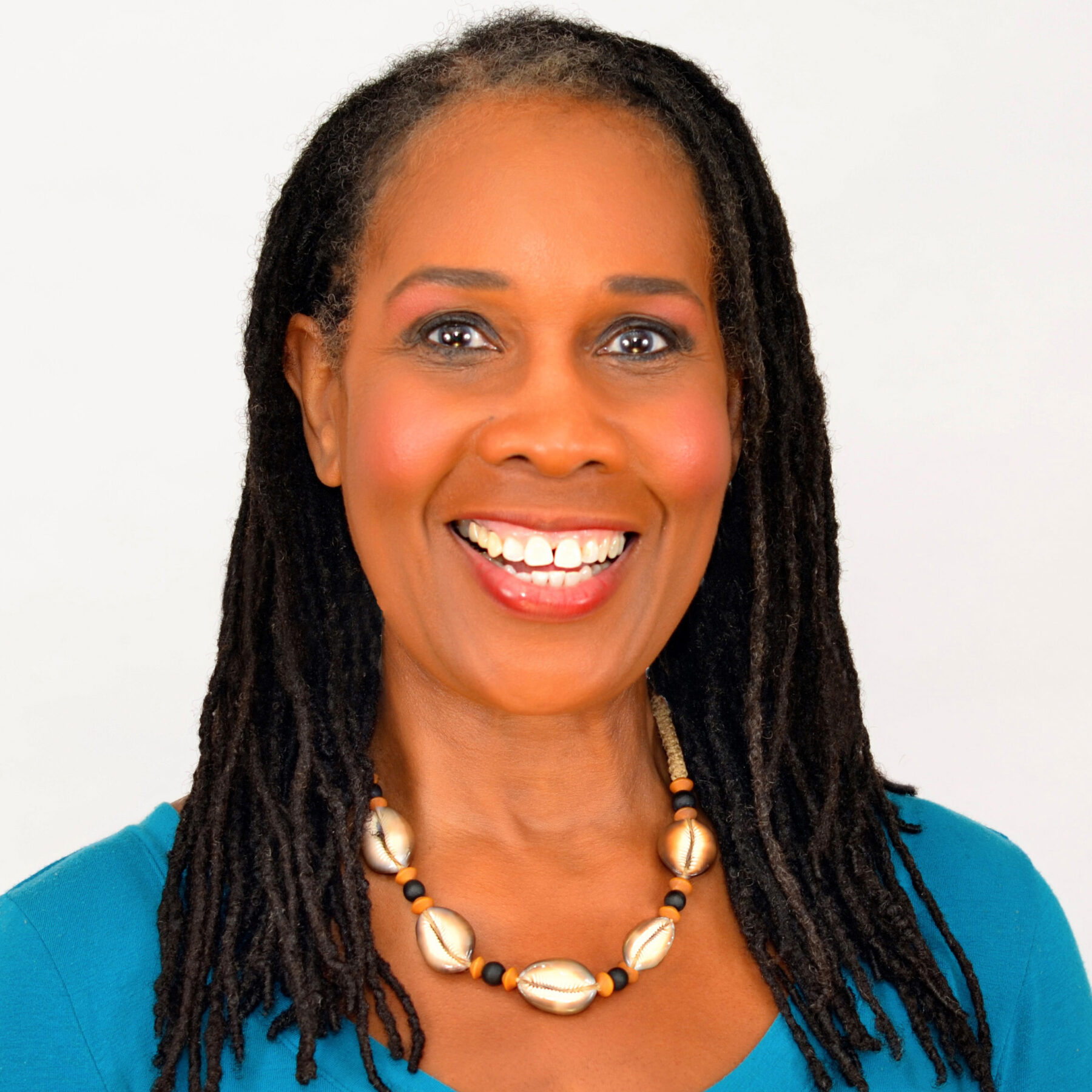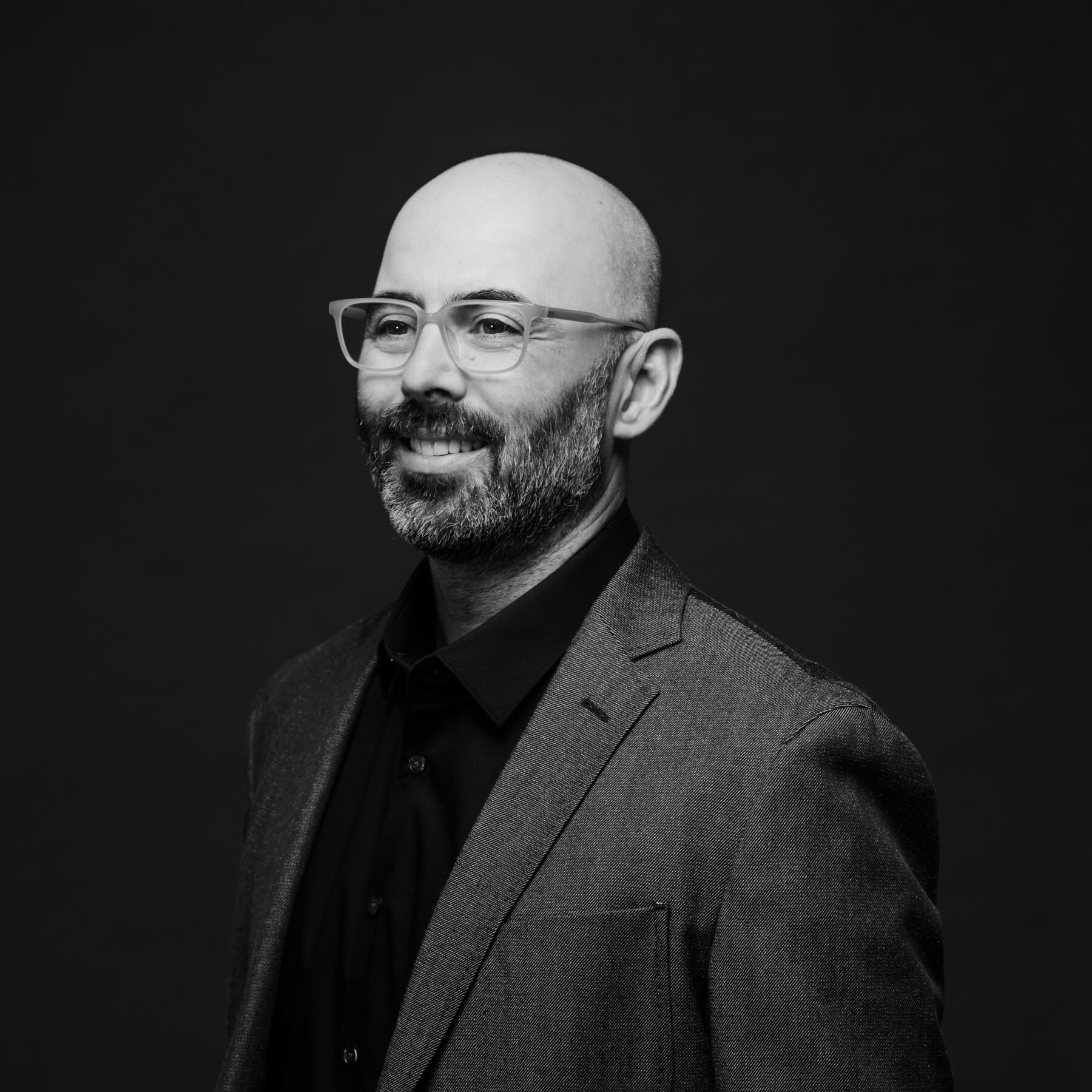Rosalyn D. Elder AIA LEED AP

Architect, urban designer, artist, author
Personal website: African American Heritage in Massachusetts
Degree(s):
B.A. in Art History; M. Arch.; M. Arch. in Urban Design
Professional interests:
Exploring cities and developing ideas to improve their designs, empowering communities to make decisions regarding their neighborhoods, advocating for architects to incorporate public art into their designs, creating art, studying history
When did you first become interested in architecture as a possible career?
During my high school years, I walked the streets of Memphis for hours at a time, a passion that has led me to walk through cities around the world, and I was struck by how the layout of the city appeared to be in disarray in some sections of town. I noticed great disparities in the public spaces during those walks, disparities that had a clear correlation to the ethnic demographics of the people who resided there. I was experiencing the physical manifestations of institutional racism first-hand. That was at a time when well-meaning urban planners and architects were experimenting with city planning, with disastrous results, at the expense of the residents who had called those spaces home for generations. I wasn’t involved with politics at the time, so I wasn’t aware of the policy decisions that influenced those results. I just knew that someone was messing up our city, but I didn’t know who to blame.
While walking, the thought came into my head that I could do a better job than the person in charge. Around that same time, I wandered into the main library which was located on a bluff overlooking the Mississippi River—it had a really delightful view. I chanced upon the architecture section and a book on Phillip Johnson’s Glass House. I couldn’t get enough of looking at those photos; the idea of a transparent house was so refreshing to me. I think the combination of those two things—my disappointment with some parts of the layout of the city of Memphis and fascination with Phillip Johnson’s Glass House—pointed me in the direction of considering a career in architecture.
What is your favorite Boston-area building or structure?
It’s a choice between the Boston Public Library at Copley or the Isabella Stewart Gardner Museum. The programming for those two buildings combines two of my favorite things, books and art, and the design of both contain a design element that I’m quite fond of: a surprise space or a surprise reveal. In both buildings, this element is their internal courtyard.
If I’m forced to pick just one, it would be the Boston Public Library. The reason for that is in the “public” part of its name. Fortunately, the Library contains integrated public art, grand spaces, and peacefully private spaces. It has something for everyone and for every mood. I think that all our public spaces should receive the same level of design thought as do the most prestigious, private spaces, but that is not often the case—certainly not in today’s economic climate.
What do you hope to contribute from your work?
I hope that people can gain a sense of their individual uniqueness and importance within the larger context of society. Too often, the desires, aspirations, and the small daily elements that bring joy to people are not taken into consideration when buildings are designed and constructed. Instead the users are simply a by-product of the building. I think people intuitively realize, when they experience a building, if they were not really part of the equation when it was planned. When people experience something I design, I want them to feel a connection with it, to really feel that someone gave serious thought to how they would experience that space.
If you could collaborate with anyone in the profession, who would it be and why?
Diebedo Francis Kere. Kere’s philosophy of design as an organic development that is place-centered, people oriented, and not crystal-glass precious is one that I appreciate and identify with. His evolution into a world-renowned architect was a process that evolved organically from the decisions he made regarding which projects he would undertake—not designer houses, but utilitarian structures to improve the community. Also, his belief that the community needs to contribute to the construction of those projects is one we should learn from today in the West. That his buildings are also stunningly beautiful is a testament to the fact that process is as important as product.
Tell us about your path to architecture and how it has impacted your career.
I have a very complicated relationship with my profession. In my very first studio in architecture school in 1975, my professor asked me whether I primarily identified as a Black person or as a female. I was totally caught off-guard, since I was clearly both and no one had ever asked me that question before. After thinking about it for a moment, and not sure if it were a trick question, I answered that since both my parents were Black, then any children they had would be Black, no matter the sex.
Despite that “questionable” question, my experience in architecture school in Seattle progressed without further hiccups. I gravitated towards accomplishment in design and after graduation, I was hired as an assistant designer by Naramore, Bain, Brady and Johanssen, now NBBJ. I found out that they had never hired a female as a designer before, so all eyes were on me. I really appreciated the fact that one of the firm’s few female associates, Sue Alden, took it upon herself to be a mentor to me. Sue and I remained lifelong friends. However, the firm’s organization was old-school. That professional hierarchy created a sense of separateness and tension in my relationship with my colleagues.
I wasn’t prepared for the difficulties ahead of me when I relocated back to Memphis, TN. I thought my employment difficulties were due to the fact that I was in Memphis, TN. After all, the city still had a downtown street named Auction Avenue, where enslaved people were… guess what?
So I applied to the Urban Design program at Harvard and was accepted, sure that my experience would be different in BOSSTOWN. Well, it was worse. In my first studio at Harvard, my studio professor literally asked me to confess that I was inferior to my classmates. After he could not get that “confession” from me, he tried to recruit me as a nanny for his children. When both of these attempts to instill a feeling of inferiority in me failed, he conspired with my studio professor for the next term to fail me. Luckily the department administrator (Francesa Shakespeare, my hero) reported this to the Dean.
In my first post-graduation job, two architecture positions were advertised at the first government agency I worked for. One required registration, and the other did not. I received the one that did not require registration because I was unregistered at the time, only to find out that the position which required registration went to a white female who was also not registered. The head of the department literally told me that she recognized that the situation wasn’t fair, but she “just wanted to first see how I could perform.” Needless to say, I couldn’t stay there.
My post-graduation experiences were one disappointment after another. These experiences have continued up to this day, with individuals who would not like to be labeled racist or sexist, despite the fact that their actions spoke otherwise. But I have also met people in Boston that encouraged and supported me to continue in this profession, so is the glass half-empty or half-full?
What do you see as the largest barrier to a zero-waste building, city, and world?
People are so separated from nature, and they have gotten too used to a level of convenience that is killing the planet. That is not their intention, but unfortunately, few have the time or space to nurture a garden, or the luxury to shop daily at a local market where food packaging is minimized. Also, products are manufactured with an expectation that they should be replaced within a few years, rather than lasting for years with reasonable repairs. Unfortunately, the phrase for it is “planned obsolescence.” In construction, is it really impossible to retrofit poor-quality buildings from the past? It is simply embarrassing to see perfectly good buildings being torn down because they are no longer in “style.” We should have a demolition tax—then more thought might go into what is torn down, or, on the flip side, what is built. Madison Ave. sold America on new, new, new, and now that mindset has to change. People have to be re-educated about the priorities that impact all our lives, because one town’s sewage flows into another town’s drinking water.
What would you like to see change about Boston’s built environment?
There should be no difference between the public spaces of Beacon Hill and Roxbury, of Back Bay and Mattapan. Boston should be one city, full of abundant parks, interesting public art, and sensitive buildings, wherever you are. I would like to see the city at least strive for this.
Have you had a memorable experience while working on a BSA initiative that you would like to share?
When he was Executive Director, Richard Fitzgerald recruited me to participate in the BSA more, and through his encouragement, I was able to develop several initiatives of which I am quite proud. For the 2002 Build Boston Conference, I organized a panel entitled, “Architecture, a Profession of Inclusion or Exclusion.” Architects David Lee, John Spears, and Stephanie Wingfield joined me on that panel. Around 2006, I compiled a list of African American women in construction in the Boston area. The goal of the group was to provide support and solidarity to our members. Richard Fitzgerald offered to sponsor a breakfast for us at Build Boston. It was a moment of respite for us to celebrate our survival in a profession that had taken a toll on each of us, and it's a memory that I will always cherish.

In 2008, I organized a Build Boston tour, “Citizen-Led Initiatives
That Shaped Boston,” that discussed the impact of the Southwest Corridor
project and Tent City on community activism in Boston. Also in 2008,
and with Richard Fitzgerald’s encouragement, I organized a Knowledge
Network for the BSA, the Public Art Initiative Network. The goal of the
group was to promote the integration of public art into the built
environment of Boston and Massachusetts through the establishment of a
Percent for Public Art ordinance. Two efforts came out of that network.
One was a workshop at the Apple Store on Boylston Street that explored
the potential of using technology to produce mosaics for architectural
installations.
The other effort was a 2009 joint day-long symposium at Build Boston
with the Placemaking Network and Christina Lanzl entitled “Design
Excellence in Public Places.” That symposium presented four panels of
architects and artists whose work was represented all around the globe.
Over 200 people attended.
In 2010, I organized a panel at Build Boston, “Integrating Public Art into the Built Environment.” I was joined by architect Chuck Norris, public artist Mitch Ryerson, and Lillian Hsu of the Cambridge Art Commission. I think our various efforts through the PAI Network expanded the discussion to integrate public art in our public spaces.


